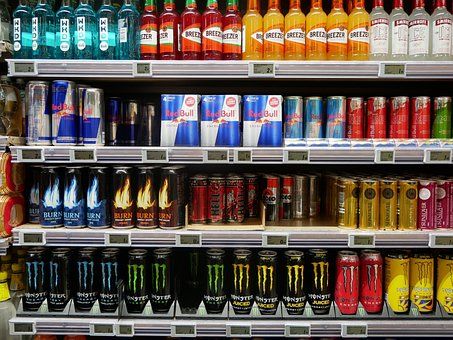The global energy drinks market includes beverages that contain caffeine, taurine, vitamins and other stimulants, and are aggressively marketed as consumable products that increase mental alertness and physical endurance.
In addition, these beverages may be carbonated or non-carbonated.
The3rdBevco Inc. reports that the fastest growing consumer segment in the energy drink market over the past two decades has been young adults (ages 20 to 39).
According to an industry report published by Allied Market Research, global sales in the energy market were approximately $53 billion in 2018 and are estimated to reach more than $86 billion in sales by 2026, representing a compound annual growth rate of 7.2 percent.
The considerable market opportunity in the energy drink market has attracted several competitors, including large multinational beverage companies and even 7-Eleven to develop their own energy drinks in this market segment.
Now, The3rdBevco Inc is a New York-based beverage company that aims to offer a diverse portfolio of trendy products, including energy drinks and non-alcoholic spirits.
Energy drinks
The non-alcoholic beverage market consists of the sale of beverages that do not contain alcohol.
According to a recent Nielsen report, the non-alcoholic spirits sector has grown due to increasing health and wellness awareness, which has reduced demand for sugary carbonated soft drinks, such as sodas and lemonades.
Spending is shifting toward healthier, less sugary products, such as bottled water and some non-carbonated soft drinks (such as ready-to-drink tea and coffee) that are ready to consume away from home.
According to a recent report by Grand View Research, Inc. the global non-alcoholic spirits market size was valued at $967 billion in 2020, growing at a compound annual growth rate of 9.3% through 2023, and estimated sales of $417 billion in 2020.
The3rdBevco adds that the forecast for this market growth explains why global beverage brands AB InBev and Coca-Cola forecast that one-fifth of their total sales will be accounted for by their non-alcoholic spirits brands over the next five years.
![]()

